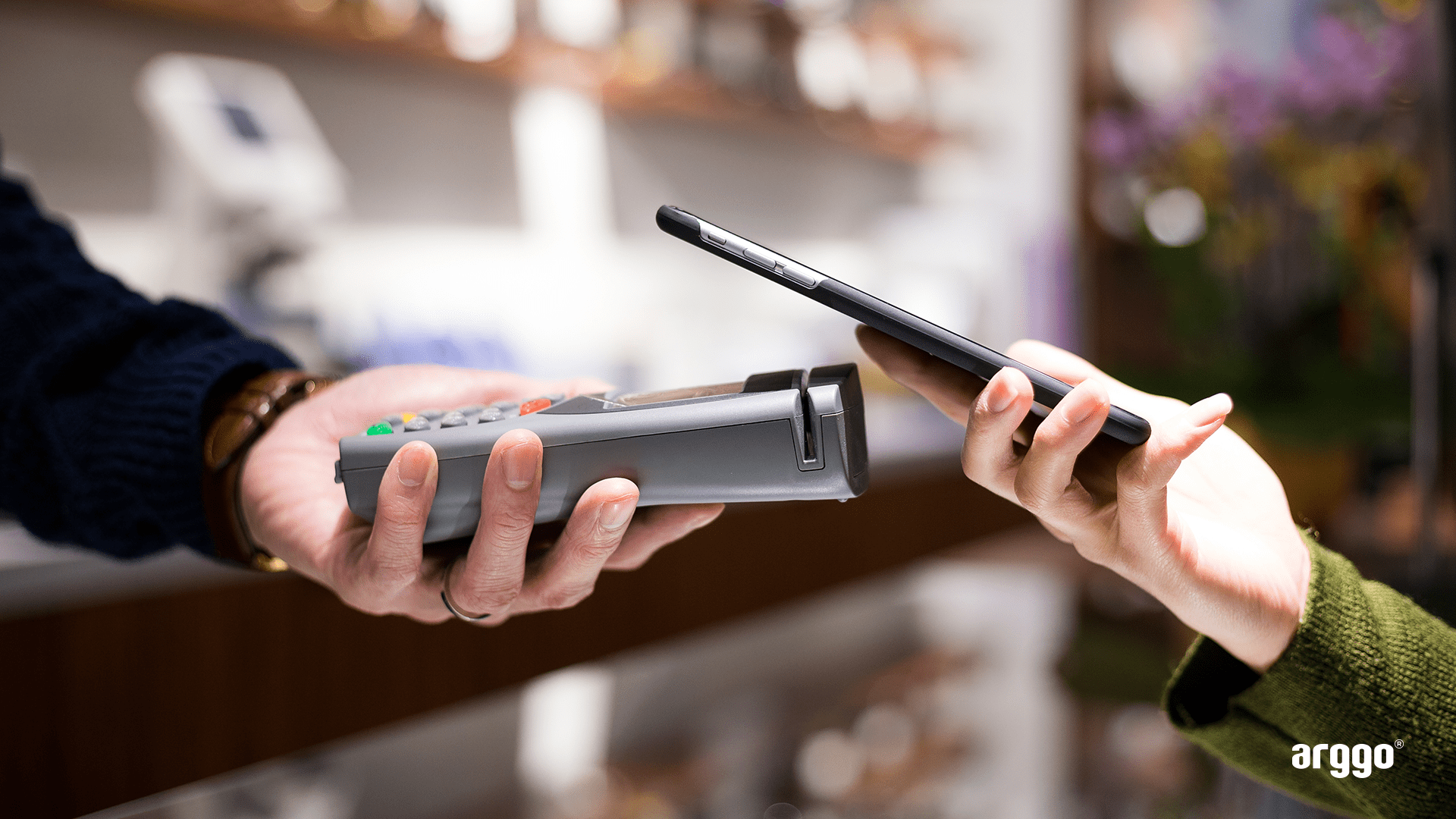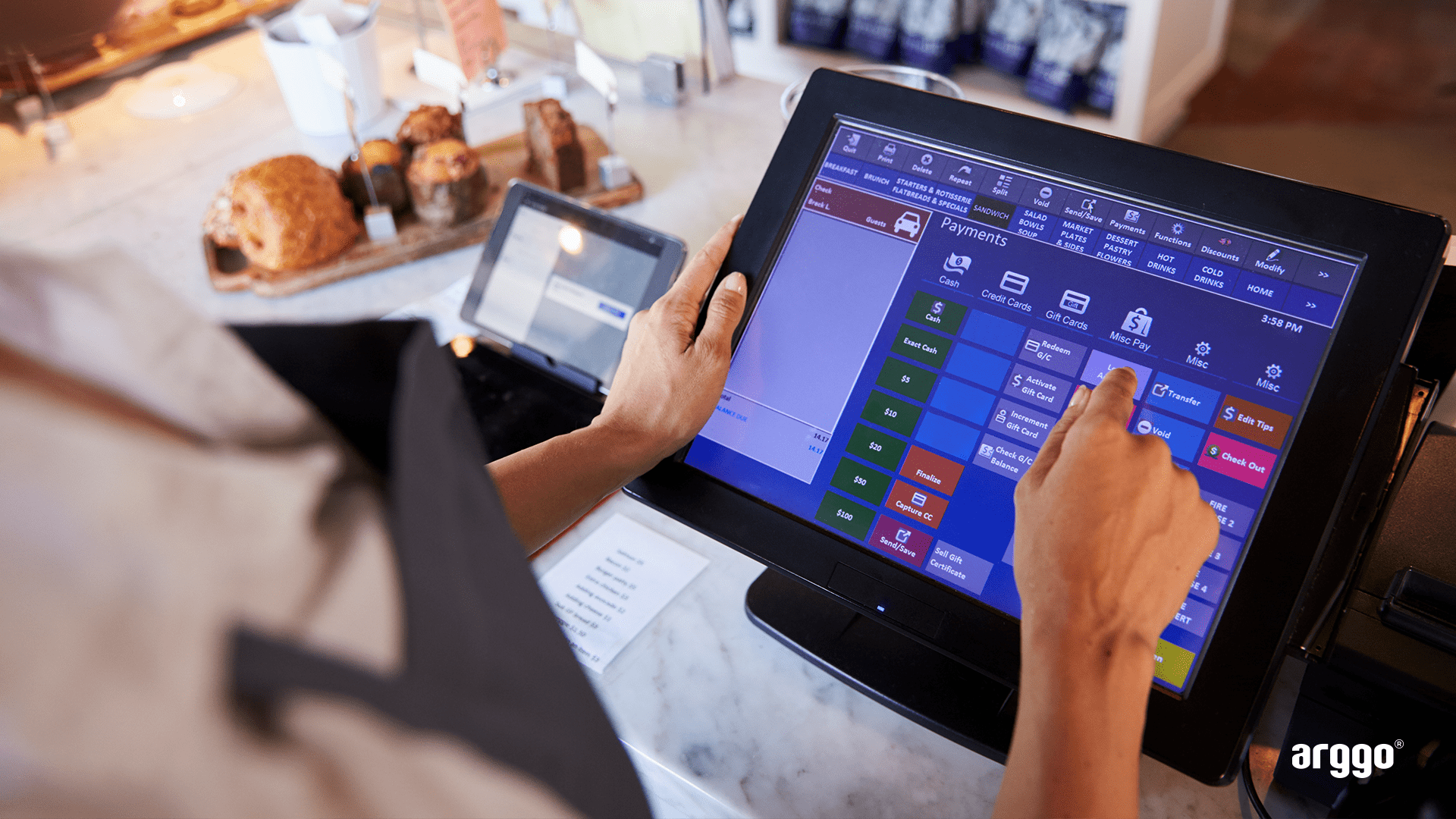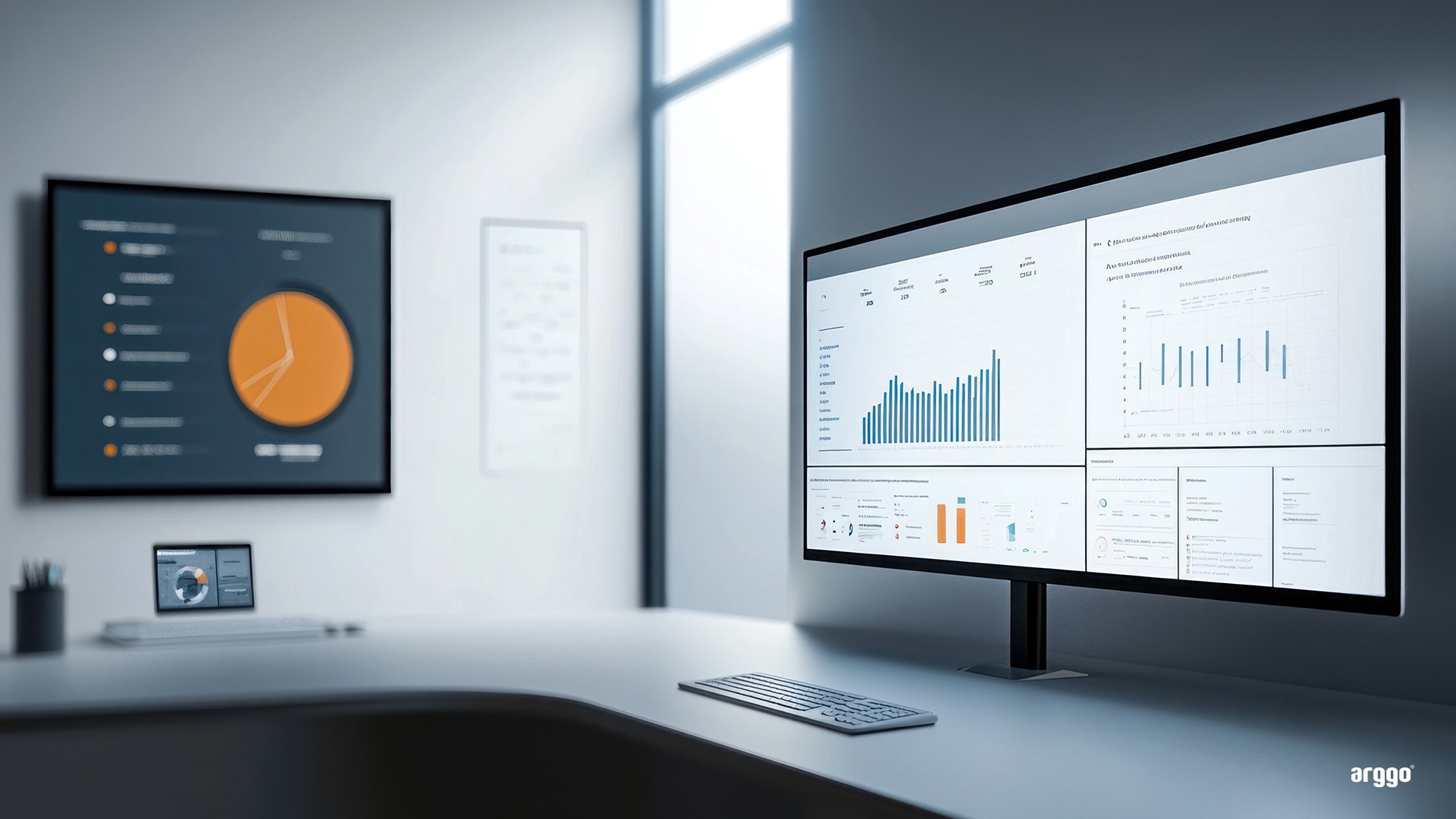1. Intelligent monitoring through IoT technologies
IoT (Internet of Things) solutions provide complete visibility over product movement, from the warehouse to the point of sale. Connected sensors capture real-time information about location, condition, and stock flow. These insights support accurate forecasting, prevent losses, and help maintain optimal inventory levels. Constant connectivity between suppliers, carriers, and retailers increases transparency throughout the supply chain and enables faster, data-driven decisions.
2. Automation in inventory management
Automation reduces manual work and gives teams a clear view of inventory levels. Modern platforms correlate sales with stock availability, detect consumption patterns, and can trigger automatic reordering. This ensures a steady balance between product availability and operational costs, freeing up time for strategic planning.
3. Complete control with ERP systems
A specialized ERP system, such as LS Central — developed by LS Retail and adapted for the Romanian market by Arggo — offers a unified overview of all commercial activities. The platform connects sales, returns, price adjustments, and inventory management into a single system. Built on Microsoft Dynamics 365 Business Central, LS Central provides retailers with detailed analytics and tailored reports that support better planning and reduce operational risks.
4. Software platforms for logistics and inventory management
As retail operations become more complex, dedicated logistics platforms bring structure and predictability. These systems link procurement, warehousing, and transportation into a single environment, where information circulates quickly and accurately. Automated workflows and intelligent planning maintain a stable balance between stocks and demand, lowering costs and strengthening collaboration with suppliers.
5. Artificial intelligence in inventory management
AI technologies analyze large data volumes to identify customer behavior patterns and demand fluctuations that would be difficult to detect manually. Machine-learning algorithms dynamically adjust stock levels and determine the optimal moment for replenishment. As a result, decisions rely on precise predictions rather than assumptions, reducing risks and improving overall efficiency.
6. Cost-reduction strategies enabled by advanced technologies
Modern inventory software ensures complete control over stock levels and quickly highlights inefficiencies. Automated logistics workflows reduce waste, optimize transport processes, and shorten delivery times. At the same time, data-driven analysis and predictive algorithms support accurate planning, helping companies balance market demand with available resources.
In conclusion, modern technologies transform inventory management into a strategic asset for retailers. IoT, automation, ERP systems, and artificial intelligence deliver visibility, control, and measurable efficiency — essential advantages for companies aiming for long-term stability and performance.
Read the article on ziarultop.ro



